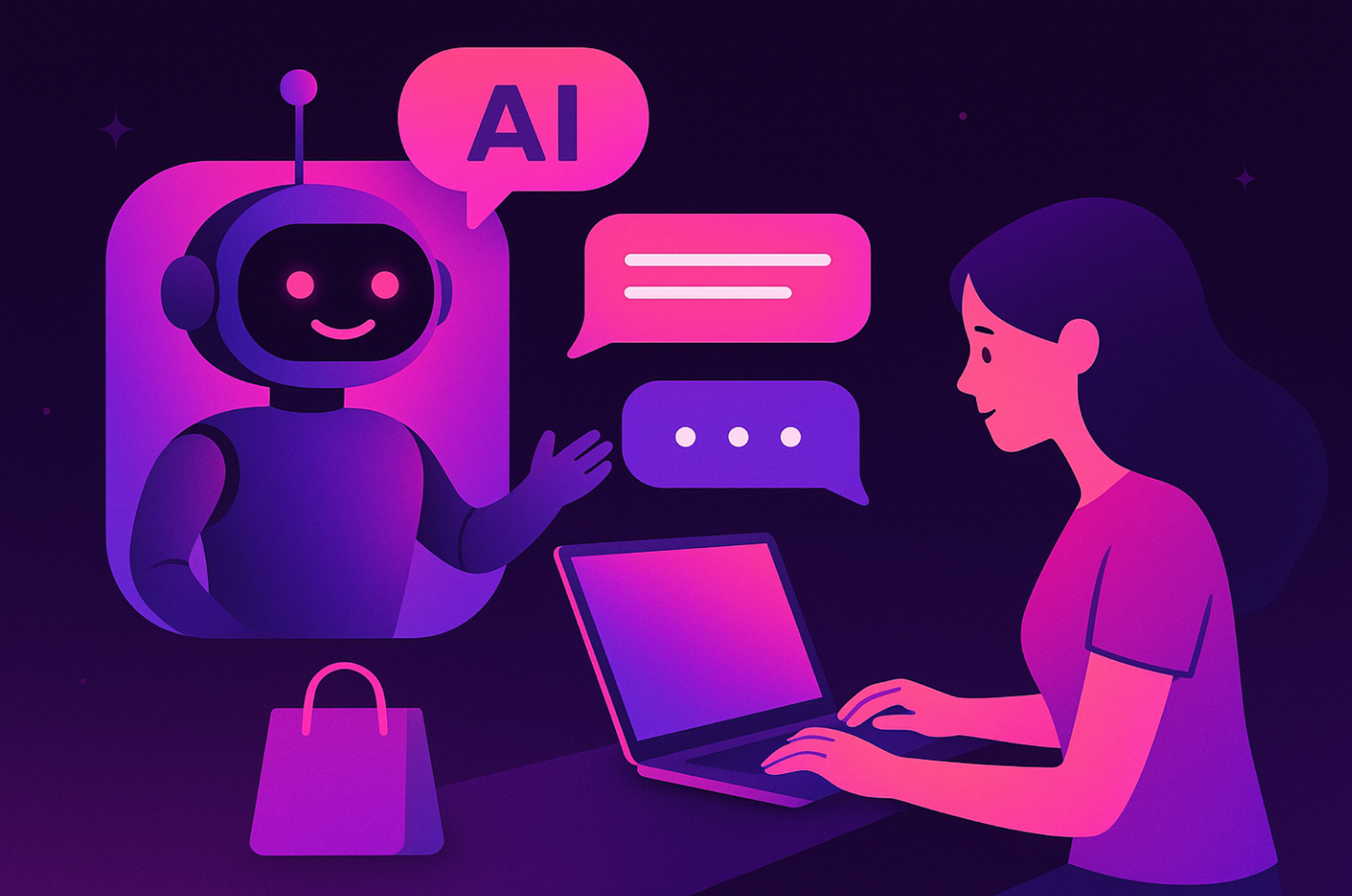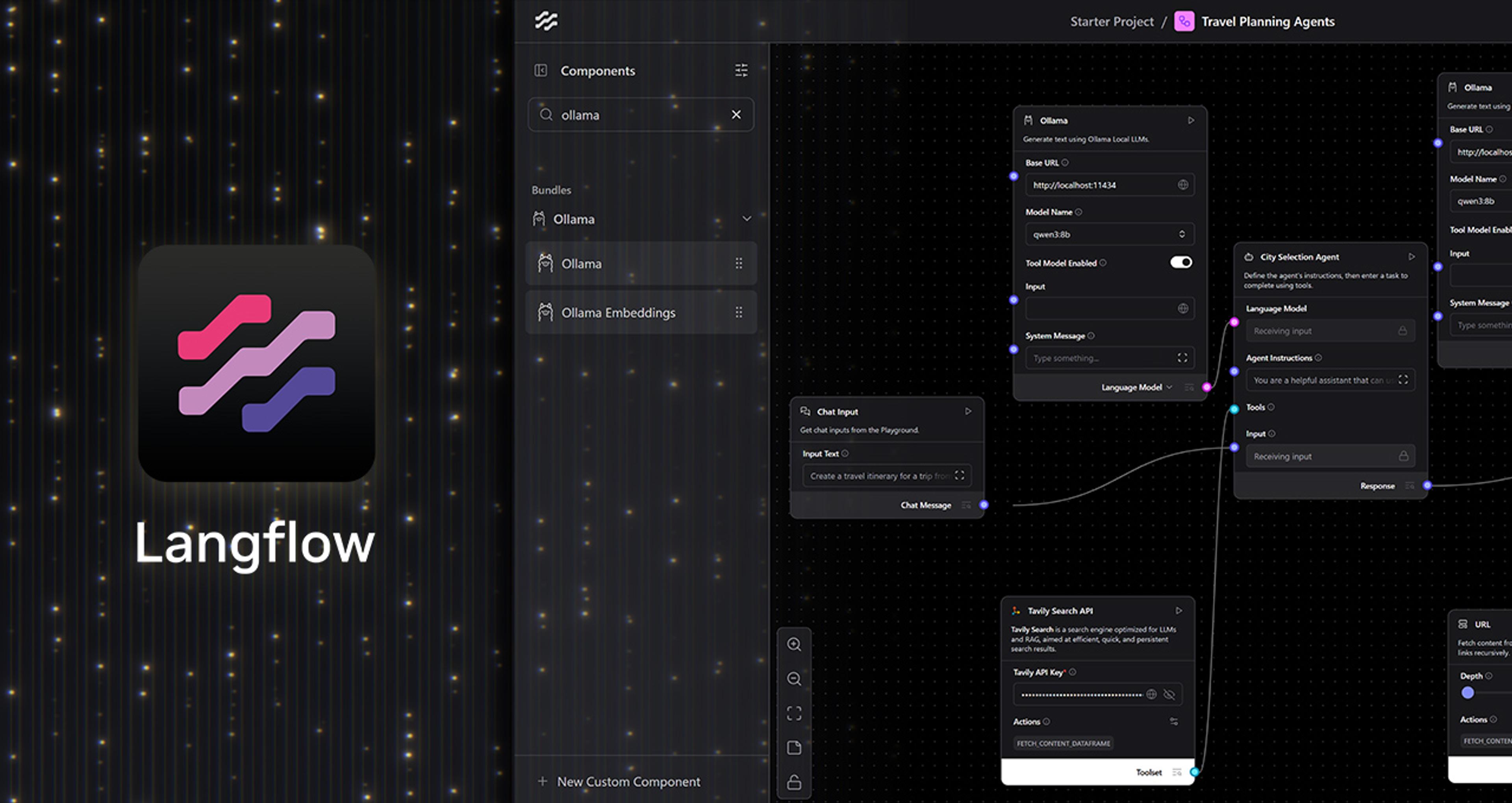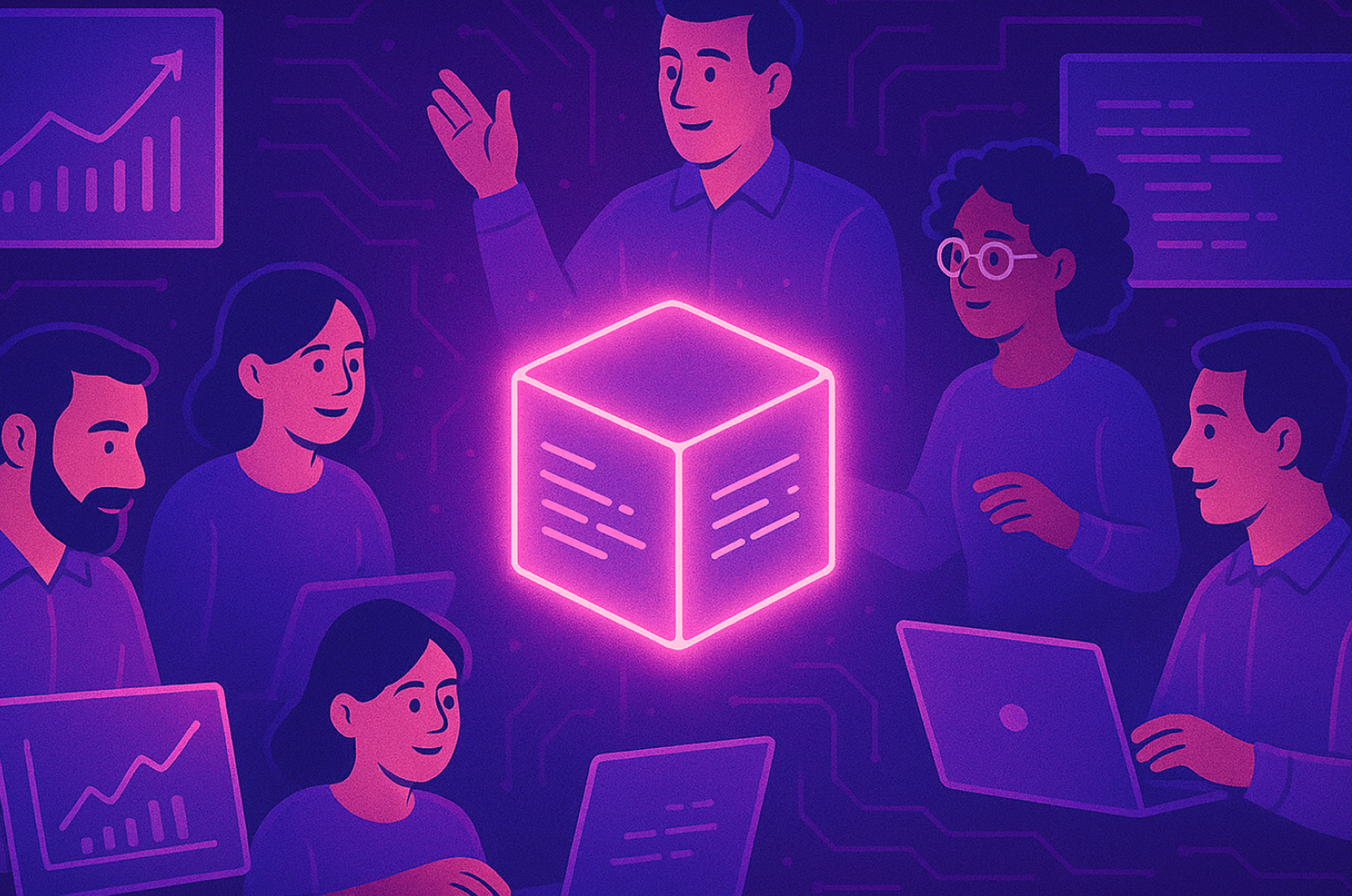The biggest problem with most generative AI apps isn’t the model—it’s the data layer.
You can fine-tune LLMs, optimize prompts, and run evaluations all day, but if your retrieval pipeline can’t deliver the right context, your app will still produce vague or misleading results. In other words: your app will hallucinate.
The root cause? Most search architectures weren’t designed for GenAI. They were built for keyword lookup, not language understanding. And while vector search has improved things, it’s not enough on its own.
To build GenAI apps that actually perform in production, accuracy needs to be the priority. And solving for accuracy requires a hybrid approach.
Joseph Fu, senior director cloud and ISV GTM at NVIDIA, and DataStax vice president of product management Preethi Srinivasan discuss why hybrid search provides next-level accuracy.
Where vector search falls short
Vector search is good at finding semantically similar content. It’s the backbone of many retrieval-augmented generation (RAG) systems. But in the real world, semantic similarity doesn’t always equal accuracy.
For example:
- A user asks if Dr. Smith practices at Hospital A. The model retrieves content about a different Dr. Smith at Hospital B.
- A shopper searches for lightweight lacrosse gear and gets baseball bats because the system interprets "stick" too broadly.
- A legal assistant asks about a specific clause and gets a paragraph that’s related—but not the exact answer.
These aren’t edge cases. They’re the norm when you rely on semantics alone.
The role of reranking in accuracy
A reranker acts as a quality control layer between retrieval and response.
Rather than relying on static similarity scores, rerankers evaluate the user query alongside the retrieved content to determine how well each item answers the question. They reorder results based on actual relevance to the prompt—not just surface similarity.
At DataStax, we’ve integrated NVIDIA NeMo Retriever reranking microservices into Astra DB’s Hybrid Search workflow. It’s a fine-tuned LLM optimized for retrieval accuracy. No training required. No infrastructure setup. Just better results.
In testing across real-world use cases, this hybrid approach improves accuracy by up to 45 percent compared to vector-only search.
The full stack for accurate GenAI
This kind of accuracy is available now. Langflow, DataStax’s drag-and-drop, visual development environment, integrates directly with Astra DB’s hybrid search and reranking engine. You can:
- Upload structured or unstructured data
- Auto-chunk and embed on ingestion
- Toggle between vector-only and hybrid search
The result is a GenAI pipeline that retrieves not just plausible content, but the most accurate context possible—especially critical for domains like healthcare, legal, and customer support.
Give Langflow a try for free, and learn more about AI accuracy in our upcoming series of content that’ll be going live throughout next week.




